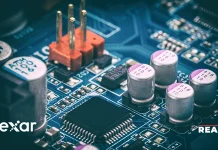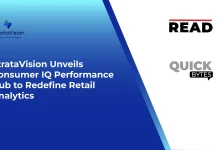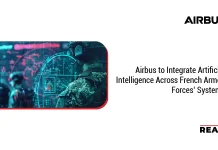The people of NASA’s Langley Research Center build on a proud legacy of innovation and technical excellence as they discover solutions that shape a better world for all. Langley’s new Measurement Systems Laboratory, or MSL, is a powerful new resource that accelerates their efforts and deepens their impact. The building officially opens Thursday, April 21, with a ribbon cutting ceremony and celebration.
Prior to the ceremony, media will tour the 175,000 square foot facility and view cutting edge labs and other features.
The ceremony itself will feature remarks from General Services Administration’s Acting Regional Director for the Mid-Atlantic region, Joanna Rosato, Langley Center Director Clayton Turner, Del. Jeion Ward of Virginia’s 92nd house district, and a pre-recorded message from Sen. Tim Kaine.
Immediately following the ceremony, media will have an opportunity to ask questions.
Media interested in covering the tour and ceremony should contact April Phillips at April.k.phillips@nasa.gov or at 757-309-2916 by noon Wednesday, April 20th.
Media will meet at NASA Langley’s Badge and Pass Office no later than 9:30 a.m. Thursday, April 21. Tours will begin at 9:45 a.m., followed by the ceremony at 11 a.m., and media availability at 12 p.m.
Information about the Measurement Systems Laboratory:
- Work at the Measurement Systems Laboratory will accelerate a host of Langley projects in aeronautics, space exploration and Earth science.
- Sensor and antenna technologies developed at the MSL will be vital to advances needed to make revolutionary ideas like personal air vehicles and Advanced Air Mobility — possible.
- Experiments with laser testing technologies in the MSL will help NASA improve Computational Fluid Dynamics (CFD) computer models of aerodynamic flow and heating which will, in turn, speed the development of new, more capable air and space vehicles.
- New sensors developed at the MSL will help to improve the safety and efficiency of commercial aviation.
- Refining lidar sensing techniques and technologies will benefit Entry, Descent and Landing concepts for Moon and Mars exploration. The MSL will assist in creating instruments that can draw 3D maps of surface terrain, helping spacecraft navigate to a safe landing on remote worlds.
- By improving lidar sensing techniques, Langley researchers in the MSL will help create instruments that will make new, expansive measurements of wind, clouds, dust, and smoke. This will expand understanding of Earth’s atmosphere, weather, and climate.
- Sensors and instruments developed for continuous space observation of Earth’s air quality will help scientists monitor pollution on a regional and global scale.
- Advanced sensors and instruments developed in the MSL will help NASA create spacecraft and habitats that sense and respond to the dynamic space environment — keeping astronauts safe on long missions.




